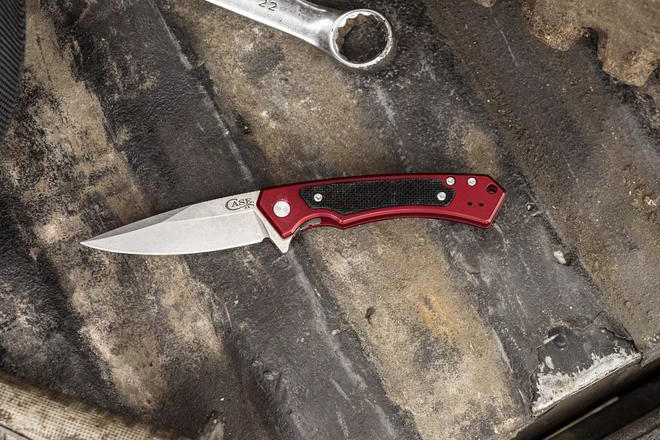
No question, we here at The Manual love American brands. Case Knives, which has been around for more than a century and sold blades from the back of a covered wagon, more than fits the bill. The Bradford, Pennsylvania-based brand predates the automobile, and over its storied history, it’s been everywhere, from the battlefields of World War II to outer space. (No, really: When Gus Grissom and John Young were shot into orbit by NASA, they brought a Case with them.) But the one place the company’s wares haven’t gone is in the pockets of the modern man. With the announcement of the new Marilla and Kinzua, its blades are headed to the final frontier: Your pants pocket.
“[It’s] an important milestone for Case Knives,” said Brent Tyler, Case Knives’ associate vice president of marketing, in a release. “These knives combine expertise perfected over generations with a modern design that meets the needs of today’s trends in everyday carrying.”
Related Guides
The knives, named after landmarks local to the company’s factory, are assembled in-house and feature satin-finished S35VN stainless steel blades, anodized aluminum handles, and pocket clips for retention. Both can be opened with one hand, though it’s more accurate to say that they can be opened with the swipe of a single finger. The largest differences between the two models are in blade shape.
The Marilla features the traditional drop point, which was popular among hunters as a skinning knife but has since become the default shape when one imagines a pocket knife. Tapered and curving up to its point, the blade is protected when not in use by an anodized aluminum frame. When closed, the whole package is just less than 5 inches, easily slipping into a pocket or bag.
The Kinzua is perhaps the company’s most ambitious addition to its category. Rather than stay domestic, its bladesmiths utilized the Japanese tanto’s angular shape for this model. Besides a distinct look, the shape excels at piercing power when needed. With its aluminum handle, it opens to over 8 inches but packs down in under 5.
For more than 130 years, Case Knives has been making American blades for the American man. The company has traded in some iconic shapes like Bowie knives, and some of its knives have themselves become iconic, including the M3 fighting knife and the V-42 stiletto. While some collect items from its past epochs, with its latest everyday carry releases, it’s clear the company isn’t resting on its substantial laurels. Moving into the now, Case is establishing itself anew for the modern man while earning a valued spot in his highly regarded pockets.



